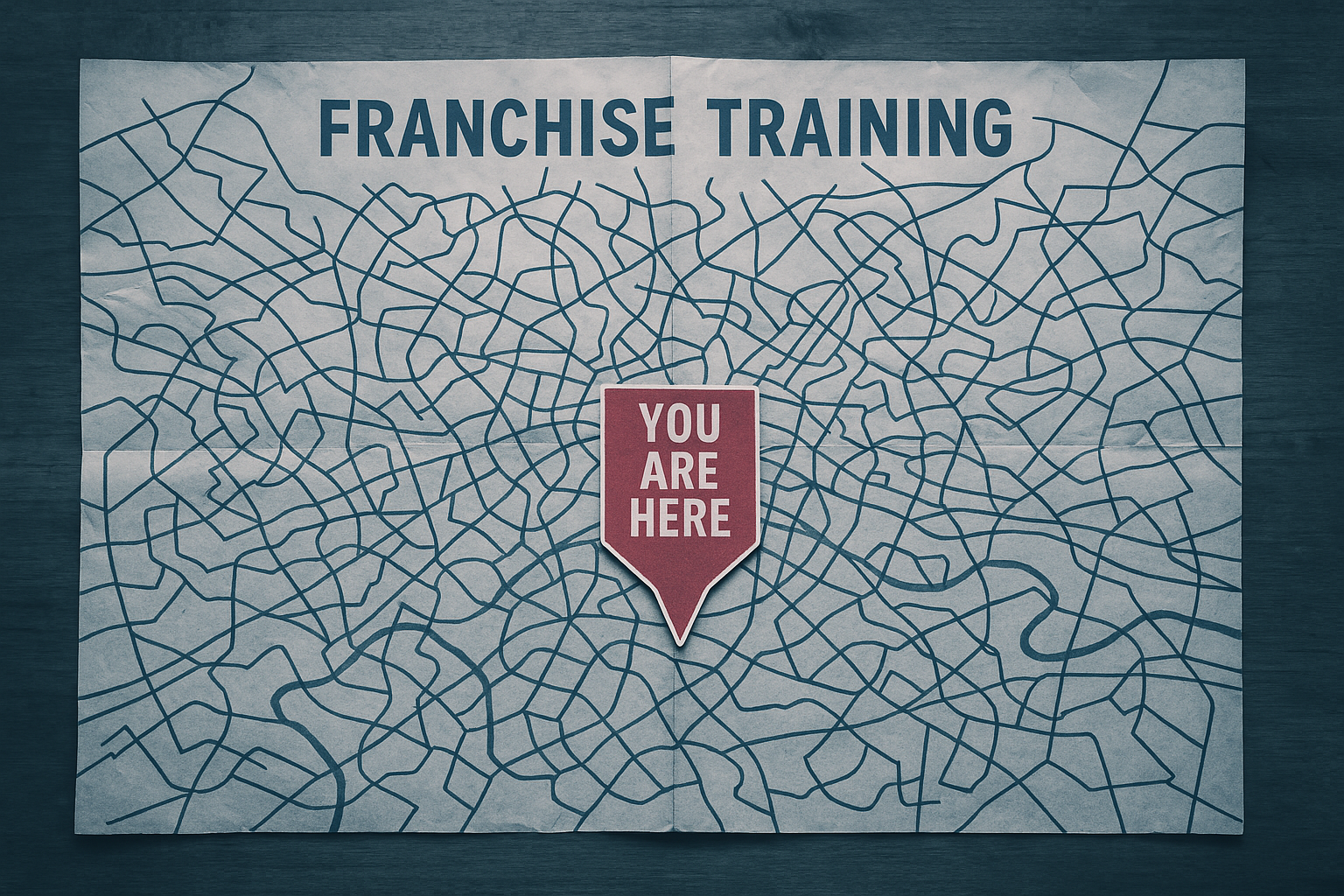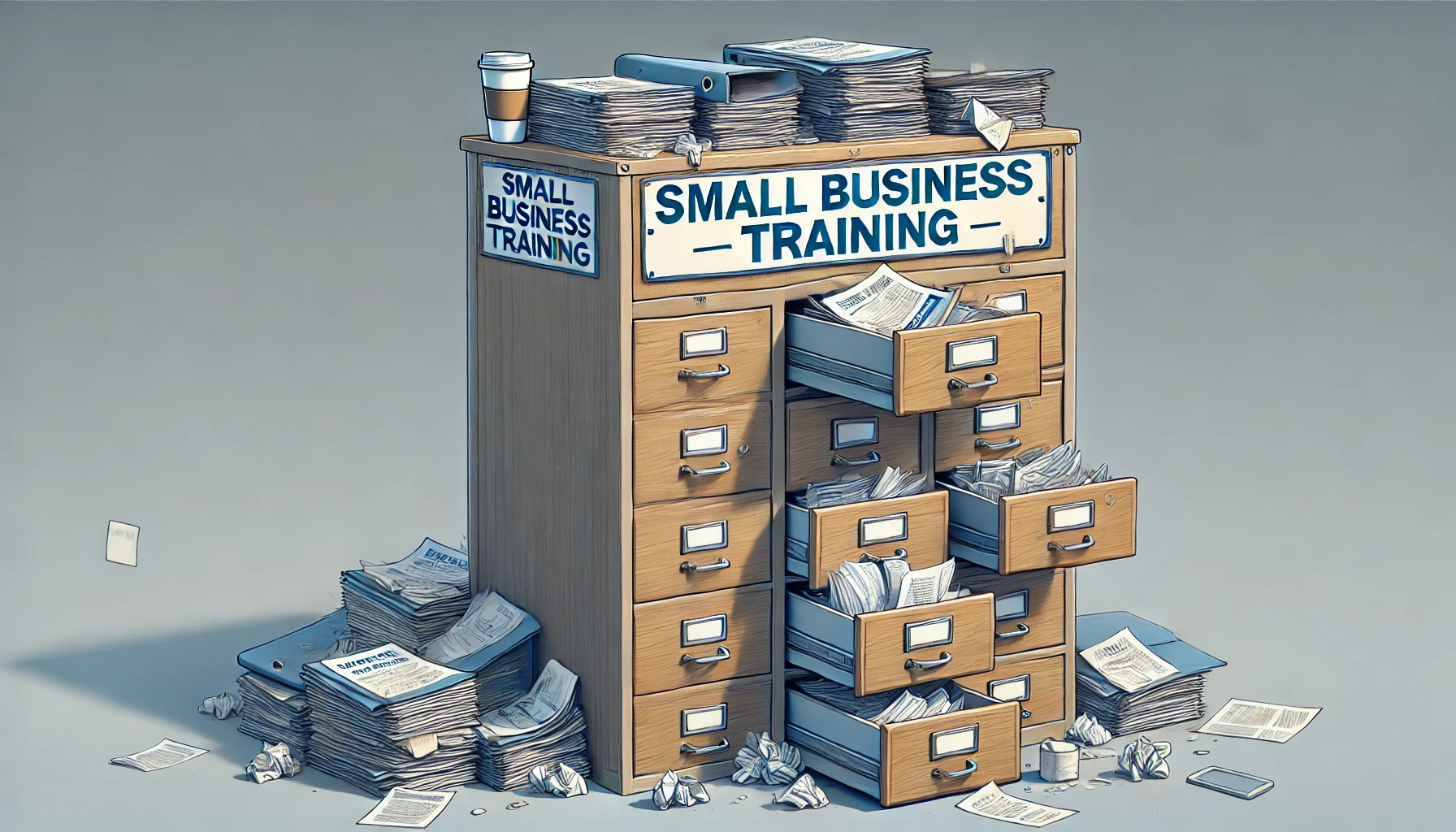Implementing a Learning Management System (LMS) for extended enterprises, such as OEM dealers and resellers, presents unique challenges compared to traditional corporate environments. Your enterprise typically involves a diverse network of stakeholders, including dealers, distributors, contractors, and other external partners, each with its own training needs and requirements.
Choosing the best LMS for your organization’s intricate needs was only the first hurdle. Now, after you’ve made that choice, you need to make sure that your implementation meets the mark regarding timing, change management, and business objectives.
Whether you have a current LMS implemented or this is your first LMS implementation, you’ll experience different challenges. Rolling out something new is much more straightforward if you have never had an LMS!
Implementing a First-Time LMS
Rolling out a new LMS to support the skills-based training of your organization gives you a lot of liberty if you don’t currently have anything else in place. Most of the work that needs to take place is behind the scenes in content creation and ensuring that your efforts are clearly defined with what you’re trying to achieve. Your complexities fall into the categories of knowing what you really want to get out of your training program and designing and implementing it in a way that achieves those goals. Ensuring that the foundation and objectives are in place is the biggest hurdle here.
Rolling out a new training system is an exercise in expectation management. Keeping your partners in the loop and even in the planning process is critical. Clearly defining the basics of what to expect, what you’re trying to achieve, and how to engage appropriately with the training program will be helpful in the rollout effort.
In many cases, your biggest hurdle will be adoption, and you may need to explore incentivizing your training program to encourage participation. Incentives for your business partners, like giving parts discounts or warranty service rate increases for completing training, are a good starting point. For individuals, sometimes it’s as simple as a hat, a badge, or credits in the partner store to let them make their own choices. In any case, incentivizing adoption is a good strategy to consider.
By making your network aware of the training program’s objectives, you can help ease the transition and encourage adoption. What business goals are you trying to accomplish with this program? What are the benefits to them as a partner? What benefits to the organization do you perceive it to support?
Most importantly, how will this information be reported and conveyed back to your partners after this system is rolled out? There are impacts on the individuals that will need to take these trainings and the requirements you’re putting on them. Making sure that you work preemptively on the change management that your training program will require can help your partners be more prepared to participate. Be sure to give them opportunities to provide feedback on the training program and react appropriately to address their concerns.
Another best practice is to identify your active partners who have been asking for the types of changes your training program will support. If they are already actively invested, you have the opportunity to leverage them as part of a beta group to test your program. Have them actively test and validate the functionality of your LMS and then assist in the promotion process when it does actually roll out to the entire network.
This process will give you a team of champions for your LMS who testify to its validation, helping them meet their business objectives and demonstrating that there was no disruption to their daily operations. They can be the case study for the rest of your partner networks, helping the new system be widely accepted.
Implementing a New LMS in Place of an Existing LMS
If you are looking at replacing an existing program or system with the same type of partner network, you will have a few more complexities to navigate. You will still need to build the business case for your partners to help them understand why you are making this transition and the benefits it will offer them.
Why is the new LMS superior to the first one? What problems will it fix for your partners? By keeping your network in the loop and ensuring that they understand the benefits the new system will present, the transition will go more smoothly and you won’t lose the participation of your network.
One key factor is to ensure that you have solicited buy-in from your partners prior to implementing a new change. Including your key partners is vital to keeping everyone abreast of the change to come and giving them the opportunity to provide feedback and input prior to the program being implemented.
Once you have included your key partners in the process and are ready to begin your implementation, the first best practice to focus on is ensuring continuity from your old system to the new system. You want to be certain that technicians and partners don’t lose stature or training, such as credits or certifications. Build assurances and safeguards into your plan to give your partners the confidence that this transition will not impact what they have come to expect from your training service and their standing within the program.
Make sure that you have a strategic plan of implementation from the old system to the new system and transfer of stats and data. This is imperative to your new program’s adoption rate. Ensuring that there is no loss of training data in the transfer shows that the work that has been done is still relevant and that there is no redundancy that will occur in this transition, saving the time of you and your partners. You have to ensure that the pieces of data that drive the underlying core of your training program are maintained in your transition.
Your second best practice is to plan for the usage of the system. You must be cognizant that, even if the new system is better than the old system, it will require a certain level of change management that will need to be proactively delivered to both learners and administrators. This will ensure that they know without a shadow of a doubt how they’re going to continue to do their job the right way while focusing on the benefits of this new system and how it is going to make their jobs easier.
Anticipating this change management will help mitigate the frustration or reluctance to participate because you are helping them see where the new program resonates with their daily operations and the benefit of the business. This is also a good time to consider rolling out the program to a small subset of partners as your beta test group, much like we spoke about in the first section.
This beta group can test drive your new program and provide feedback on any changes or adjustments that might be needed. Once those kinks are worked out, they can help champion the new system across your network and increase your adoption levels as champions that the new system is better, is more functional, and is helping them improve their business.
Finding a Provider That Helps with Implementation
When you’re choosing a new LMS provider to fill the gaps that your existing system isn’t providing, you’ll want to choose someone who is familiar with your industry and the nuances of implementing an LMS in an extended enterprise.
You need an enterprise LMS provider who is comfortable with large-scale rollouts and is familiar with maintaining long user histories from existing systems into the new system to verify that all information is retained and leveraged as the new system is implemented.
LatitudeLearning is that provider. Latitude understands how crucial a successful rollout is to your industry, even to the point of supporting a segmented rollout while working with you behind the scenes to create some of the more complex elements and slowly roll those elements out to your partner network. This helps minimize the change management component and alleviate some of the shock that comes with adopting a new system when you can roll it out in a piecemeal format.
LatitudeLearning is well-versed in the unique needs of your extended enterprise and the challenges that come with implementing a new LMS. If you’re looking for a first-time LMS or an LMS upgrade, download the Why LatitudeLearning guide today to learn more about why LatitudeLearning is the best choice to handle your organization’s complexities!
Why Choose LatitudeLearning?
Our guide reveals how we help you solve all your partner training challenges — and tailor it especially for you.
Get the Guide




